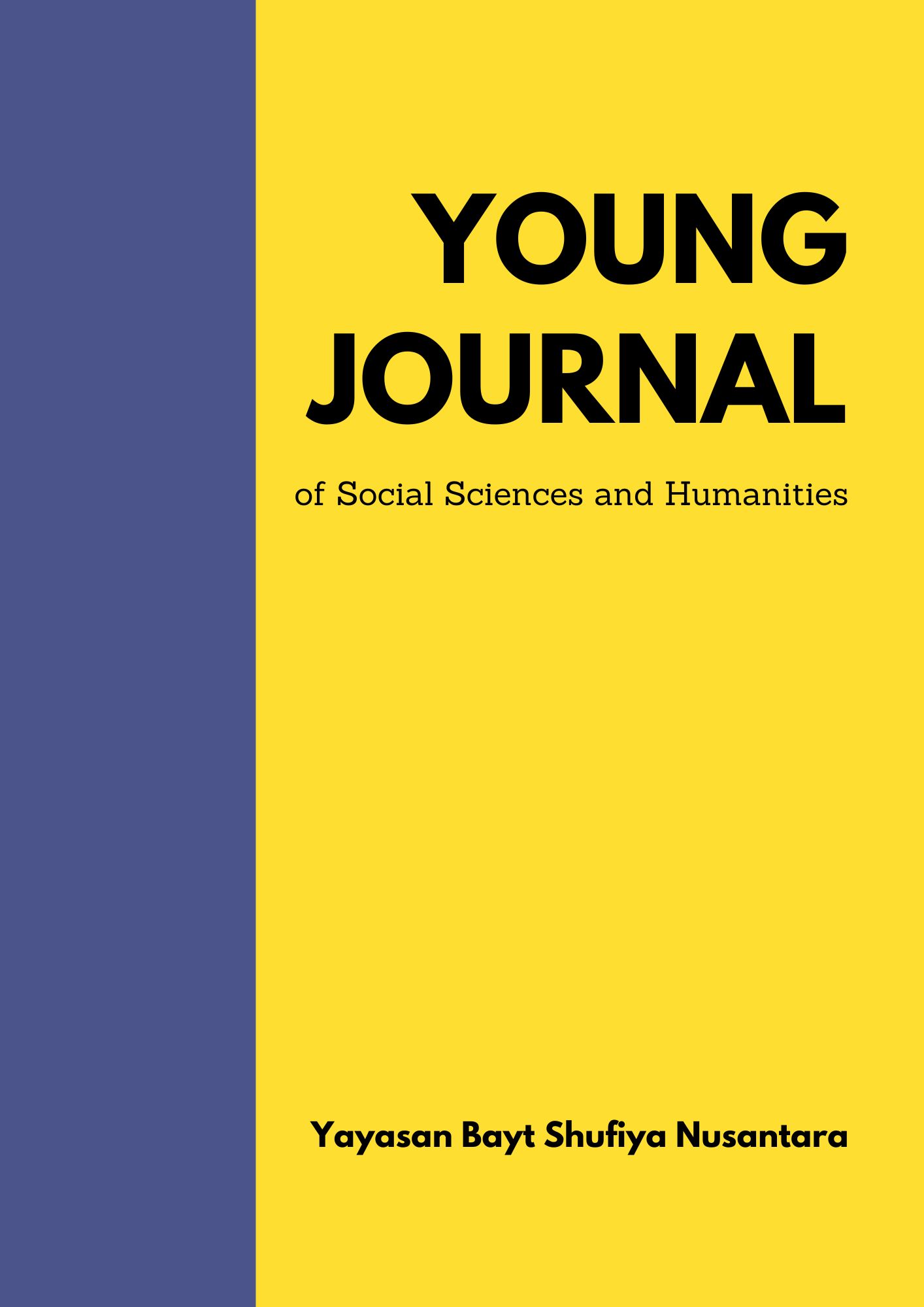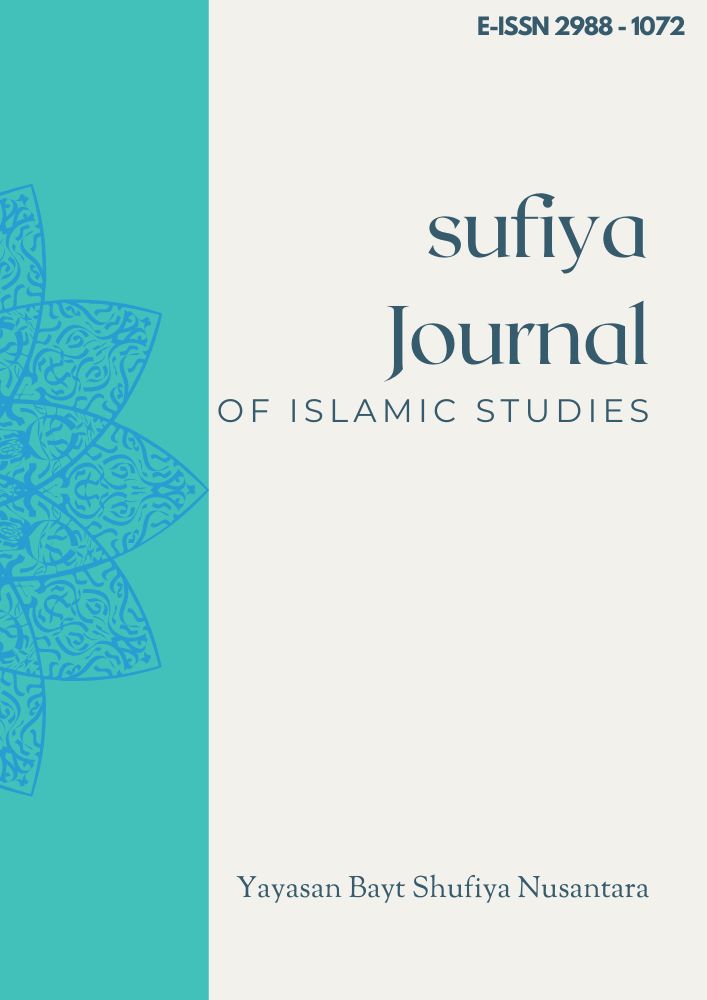Lyrics in Aespa’s “Life’s Too Short” and Olivia Rodrigo’s “Traitor”
Keywords:
Semantic Meaning, Figurative Language, Emotional ExpressionAbstract
This study performs a semantic analysis of the song lyrics from "Life’s Too Short" by Aespa and "Traitor" by Olivia Rodrigo, aiming to uncover how words convey deeper meanings and emotions. Employing a descriptive qualitative method and drawing on the semantic frameworks of Adisutrisno (2008) and Chaer (2013), the research investigates the types of meaning—conceptual, connotative, and associative—alongside various forms of figurative language. Data for both songs were collected through literature reviews and online lyric sources. The analysis of Aespa's "Life’s Too Short" primarily identifies conceptual meanings and idioms, highlighting their role in conveying the song's core message. For Olivia Rodrigo's "Traitor," the study reveals a richer tapestry of semantic meanings, including connotative, conceptual, and associative meanings, complemented by the presence of simile, personification, metaphor, and paradox as prominent types of figurative language.
References
Barung, M., Pratiwi, D. M., & Juniartha, I. M. (2023). Types of figurative language found in Coldplay song lyrics. Elysian Journal: English Literature, Linguistics and Translation Studies, 3(2), 56–65. https://e-
Bawemenewi, A., & Swarniti, N. W. (2023). Analysis of figurative language in “Rewrite the Stars” song lyrics. Pragmatica: Journal of Language and Communication Studies, 2(2), 66–75.
Iskandar, M. I. (2024). Figurative language in NCT Dream selected song: A semantics study. JELL (Journal of English Language and Literature), 9(1), 24–33.
Ketaren, E. L., Tambunan, D., & Situmorang, R. (2021). Figurative language use in song lyrics in English textbook senior high school. Language Education and Acquisition Research Network (LEEA) Journal, 2(3), 78–85.
Sondakh, S. A., Samola, C. L., & Damopolii, I. (2023). An analysis of figurative language in Demi Lovato’s song lyrics. JOTELL: Journal of Teaching English, Linguistics, and Literature, 2(2), 34–42.
Sriyanti, R., Astuti, M., & Hayati, L. (2024). An analysis of figurative language in song lyrics by Keenan Te. International Conference on Arts and Culture (ICoAC), 2(1), 45–54.
Yusri, R., & Taqdir, M. (2025). Figurative language and its emotional impact in YOASOBI’s The Book 1 lyrics: A semantic approach. Pragmatica: Journal of Language and Communication Studies, 2(1), 12–25.
Zahria, A. R., & Wibowo, A. (2023). An analysis of figurative languages in Niki Zefanya’s song lyrics. STaIRS: Journal of English Language and Language Teaching, 6(1), 1–10.
Downloads
Published
How to Cite
Issue
Section
License
Copyright (c) 2025 Putri Anastasia Silalahi, Bernieke Anggita Ristia Damanik

This work is licensed under a Creative Commons Attribution-ShareAlike 4.0 International License.














